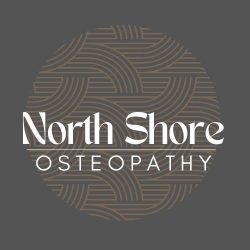Osteopathy is a manual therapy and treatment philosophy that emphasizes the interrelationship between structure and function in the body. It is a hands on therapy that is applied with the practitioners knowledge of palpation, anatomy and physiology, assessment and treatment. Osteopaths in Nova Scotia work within a scope of practice, and in collaboration with their fellow healthcare providers, to deliver the best, most appropriate care possible to our communities.
“Osteopathy is a natural therapy and treatment philosophy. Osteopathic manual practice uses hands-on techniques to restore mobility and proper biomechanical and physiological function to joints, muscles and fascia, and to the vascular, digestive, circulatory, and nervous systems.
Osteopathic treatment seeks to achieve optimal function of the body’s systems using a gentle hands-on approach to detect and improve restricted movement. It is suitable for all ages, from birth onwards.” -Nova Scotia Association of Osteopaths
What to expect
Your first manual osteopathic treatment, your therapist will take a detailed health history reviewing your current state of health, any symptoms you may be experiencing, any past trauma’s or injuries, treatments you have received or are receiving, and also what you hope to gain from your treatment.
This is followed by an assessment performed by your therapist, where the therapist may have you actively perform motions to assess your joint and tissue health. They may also perform passive, hands on tests where you can just relax, and receive. During the assessment you may be asked to lay down, stand up, walk a short distance or to sit down. If you are not able to perform any of these motions or cannot tolerate any positions then the assessment and treatment can always be modified to better suit your abilities. If it is possible it would be helpful to wear comfortable, loose fitting clothing for your appointment such as shorts or athletic pants or leggings, and a t-shirt.
Once the therapist has a clear picture of your condition and has determined that osteopathic treatment is the appropriate approach to care for you, then they will begin treatment. They will treat using a variety of hands on modalities, some requiring active participation, some passive participation. Everything that occurs within an appointment is done only with your consent, and within the therapists scope of practice. You may find yourself become increasingly relaxed throughout the treatment, as tensions in your body are eased, and you find a greater sense of wellbeing. It is recommended that you do not perform any activities where you exert yourself for 24 hours following a treatment, so that your body has the opportunity to integrate the work.
For more information please visit: Nova Scotia Association of Osteopaths


